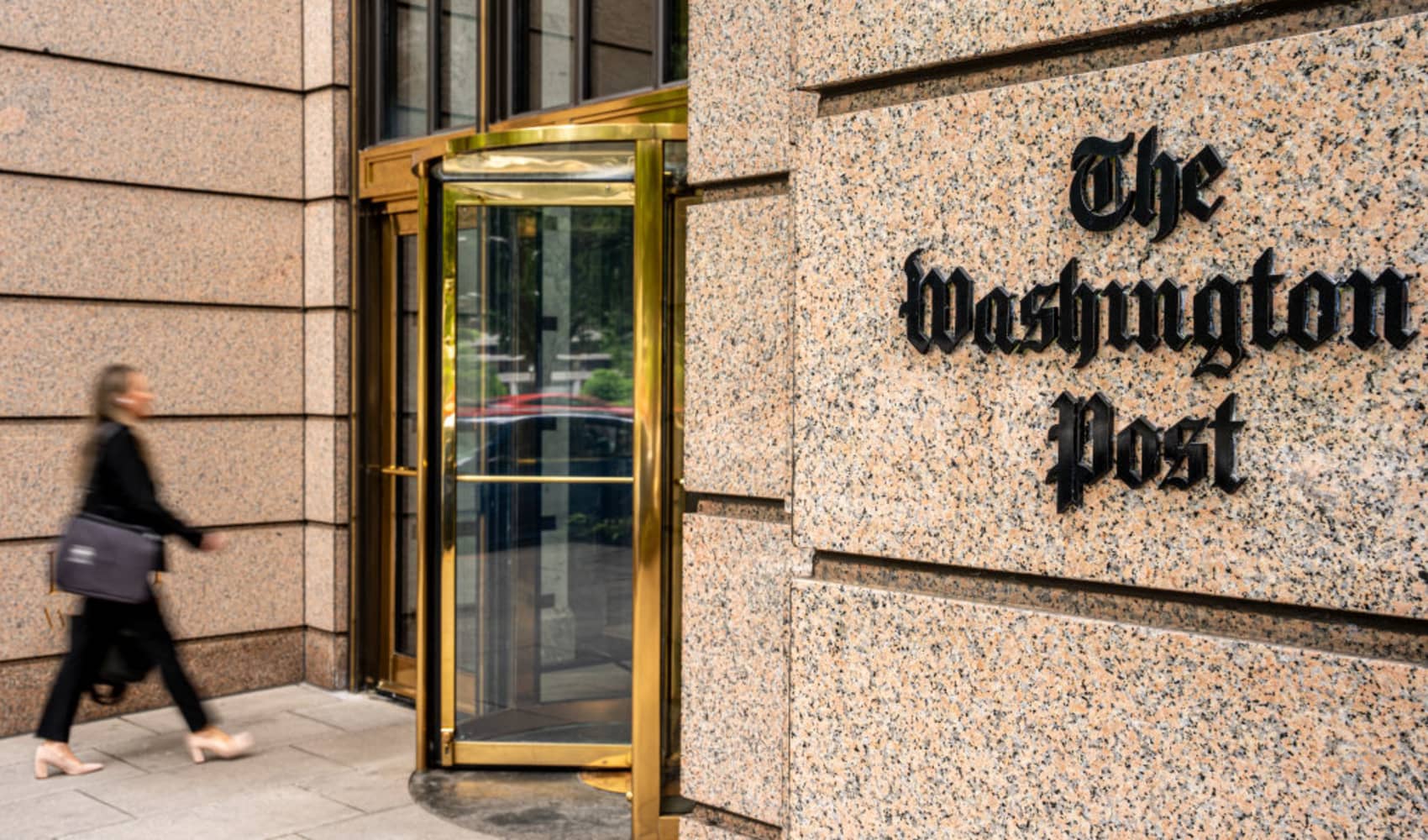
- The country's roughly 40 million federal student loan borrowers should brace for change when President Joe Biden exits office toward the end of the month.
- Here are some steps borrowers can take now to be prepared for the Trump administration, experts said.
The country's roughly 40 million federal student loan borrowers should brace for changes related to their debt when President Joe Biden exits office toward the end of the month.
President-elect Donald Trump takes a more critical view of student loan forgiveness policies, for example. And the Biden administration's latest repayment plan for borrowers, the Saving on a Valuable Education plan, or SAVE, may not survive.
"For those worried about SAVE going away, I think it probably will, unfortunately," Betsy Mayotte, president of The Institute of Student Loan Advisors, a nonprofit, told CNBC shortly after the election.
We've got the news you need to know to start your day. Sign up for the First & 4Most morning newsletter — delivered to your inbox daily. >Sign up here.
Here are some steps borrowers can take now to be prepared for the Trump administration, experts said.
Understand your remaining relief options
With Biden's wide-scale student loan forgiveness plans withdrawn and the SAVE plan facing an uncertain fate, it would behoove borrowers to understand the range of relief options still available to them.
Money Report
For one, consumer advocates believe the Public Service Loan Forgiveness program isn't going anywhere anytime soon. Signed into law by President George W. Bush in 2007, PSLF allows certain not-for-profit and government employees to have their federal student loans canceled after a decade of payments.
"PSLF is written into federal law by a Republican president, and it would take an act of Congress to eliminate it," Mayotte said in a November interview. "Not even all the Republicans want it gone, so such a law change is extremely unlikely."
Even if lawmakers did do away with the program, that change would only apply to new student loan borrowers, Mayotte said. Current borrowers would still be able to work toward loan forgiveness under the program.
More from Personal Finance:
'Higher for longer' interest rates benefit those with cash accounts
Credit card debt set to hit record levels
Only 21% of workers take advantage of Roth 401(k) savings
Meanwhile, the U.S. Department of Education recently announced it was reopening two student loan repayment plans while the SAVE plan remains tied up in legal troubles. That leaves borrowers with more affordable choices to tackle their debt.
Those two options are: the Pay As You Earn Repayment Plan and the Income-Contingent Repayment Plan. They're both income-driven repayment plans, which means they set your monthly bill based on your income and family size, and lead to debt forgiveness after a certain period. The Education Department says those plans will be open for enrollment until July 1, 2027.
Borrowers who are facing deeper financial struggles may still be able to access different deferments and forbearances under the Trump administration.
If you're out of work, you can request an unemployment deferment with your servicer. If you're dealing with another financial challenge, meanwhile, you may be eligible for an economic hardship deferment. Those who qualify for a hardship deferment include people receiving certain types of federal or state aid.
Other, lesser-known deferments include the graduate fellowship deferment, the military service and post-active duty deferment, and the cancer treatment deferment.
Make sure your records are up to date
Under the first Trump administration, student loan borrowers experienced a slowdown in relief, consumer advocates say. The Biden administration took several steps to improve existing student loan relief programs.
Given the change in administrations, "it's essential for a borrower to check their loan status to ensure all details are accurate, and to stay updated on any correspondences regarding their loans," said Elaine Rubin, director of corporate communications at Edvisors, which helps students navigate college costs and borrowing.
Borrowers who are pursuing loan forgiveness, such as under an income-driven repayment plan or PSLF, should ask their servicer for the latest information on how many qualifying payments they've made on their timeline to debt erasure.
Keep records of your loan repayment progress and current balance in case there are any miscommunications when the Trump administration comes in, consumer advocates said. Having a detailed record of your loan payments will help you make the case for any relief to which you're entitled.
If you run into any problems with your student loan servicer, you can file a complaint with the Education Department's feedback system at Studentaid.gov/feedback. Issues can also be reported to Federal Student Aid's ombudsman.






